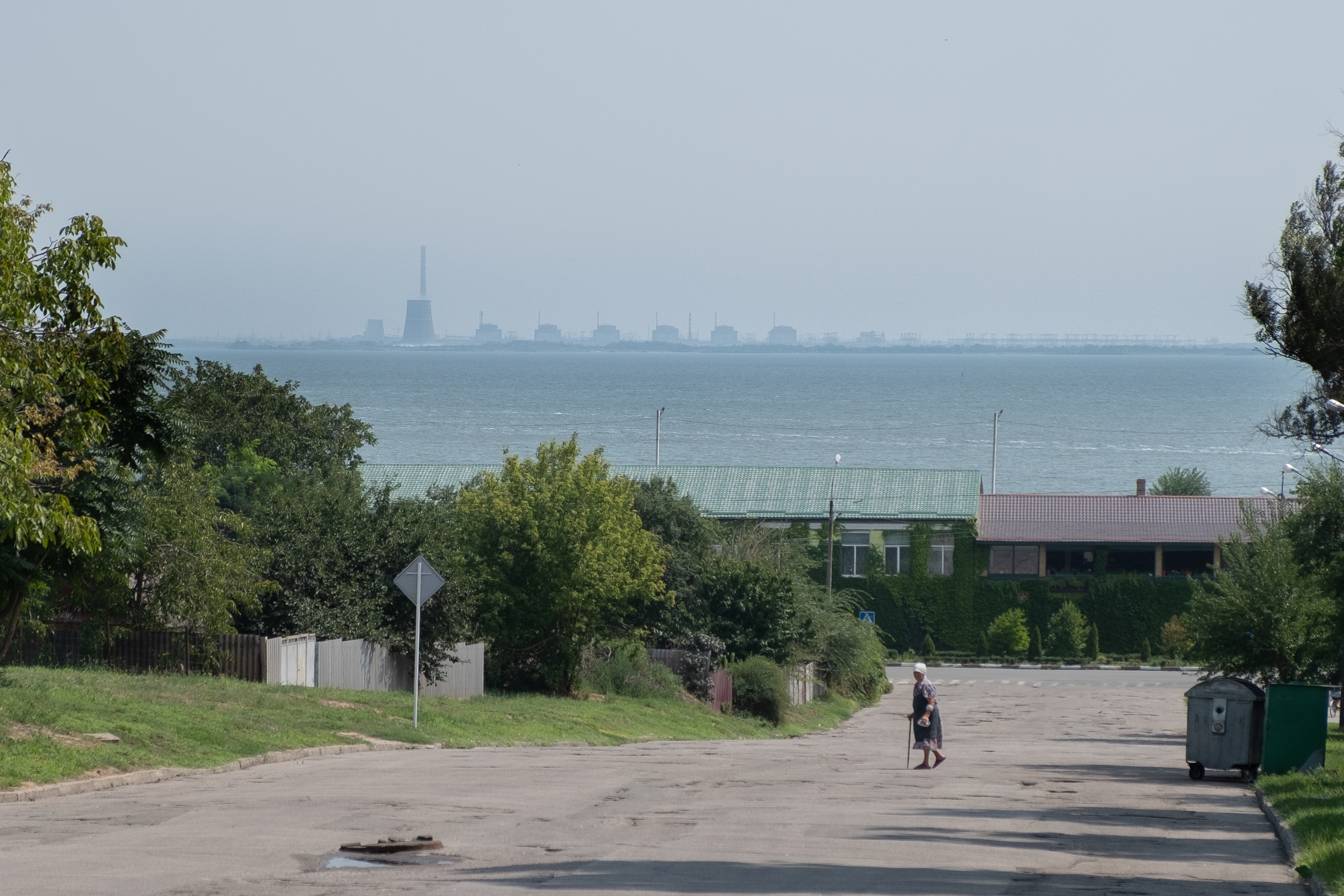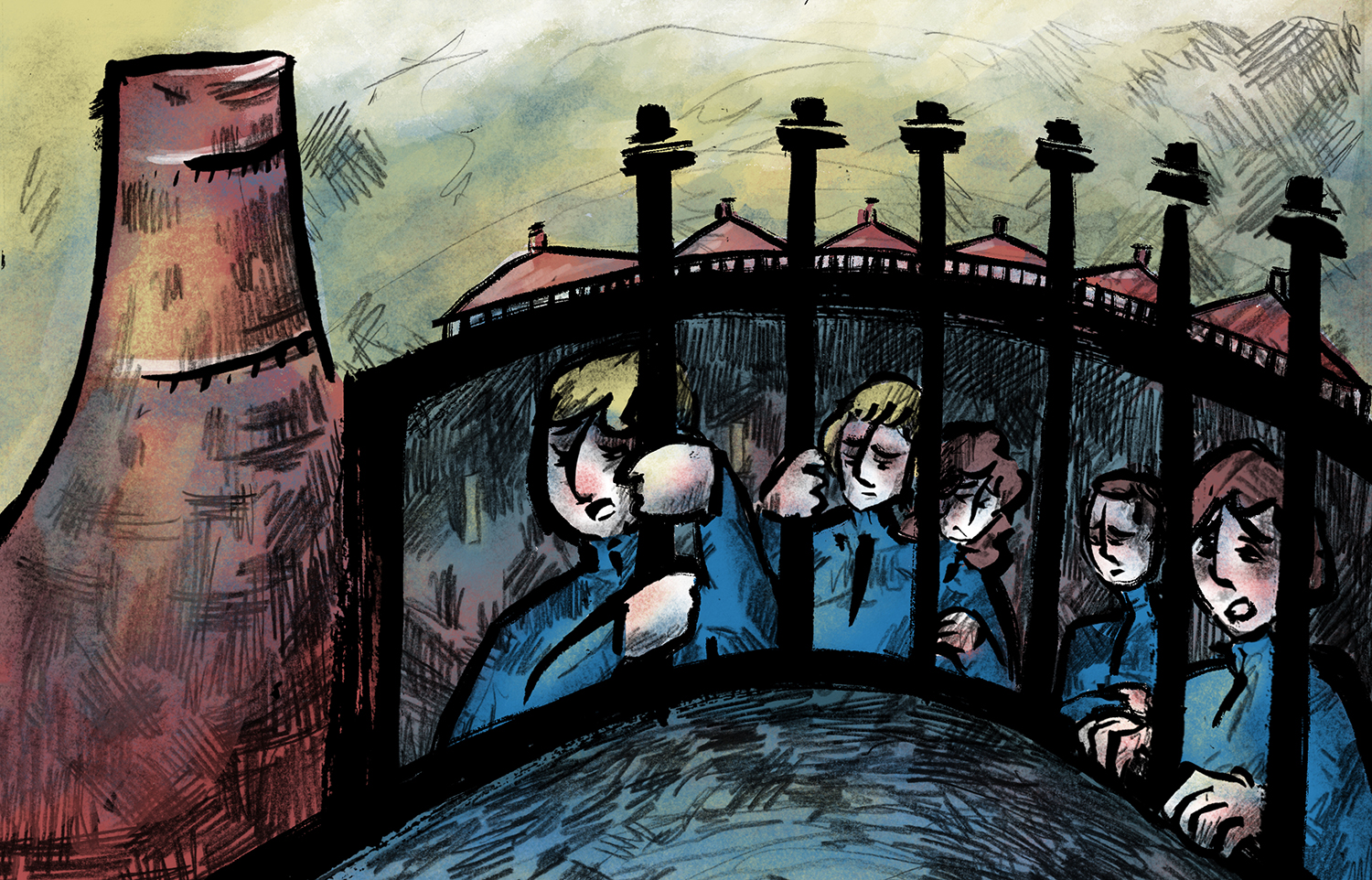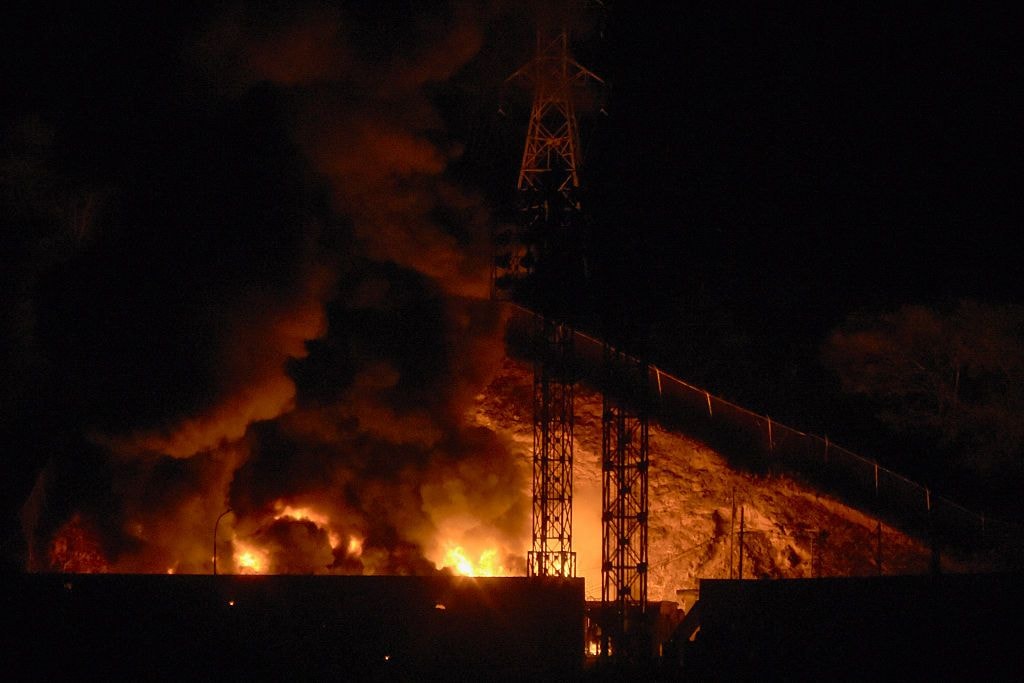IAEA chief presents deal to protect Russian-occupied Zaporizhzhia nuclear plant

Director General of the International Atomic Energy Agency (IAEA) Rafael Grossi presented an updated agreement to protect the occupied Zaporizhzhia Nuclear Power Plant at a May 30 meeting of the UN Security Council.
The agreement outlines five principles to help prevent a nuclear accident at the plant occupied by Russian troops over a year ago. Grossi said he had identified these principles in consultations with Ukraine and Russia and asked both sides to adhere to them.
According to those principles, no attacks should be conducted from or against the plant, in particular targeting the reactors' spent nuclear fuel storage, other critical infrastructure, or personnel.
Another rule is that the plant should not be used as storage for heavy weapons, like tanks, rocket launchers, artillery systems, and ammunition, or as a base for military personnel.
The plant's off-site power should remain available and secure at all times, the agreement says, while all structures, systems, and components necessary for the safe and reliable operation of the plant must be protected from attacks or acts of sabotage.
IAEA experts stationed at the Zaporizhzhia are expected to monitor compliance with those principles and report any violations to Grossi.
The new plan is less ambitious than Grossi's initial efforts to create a full-fledged "protection zone" around the plant, the idea which "has long been abandoned," according to a diplomat, cited by Reuters.
Europe's largest nuclear power plant, located in occupied Enerhodar, Zaporizhzhia Oblast, has been held by Russian troops since March 4. It was fully disconnected from the Ukrainian power grid several times due to regular Russian attacks on the country's energy infrastructure.
Since Russian forces occupied the plant, they have used it as a military base from which to launch attacks at Ukrainian-controlled territory across the Dnipro River, in particular, Nikopol.













